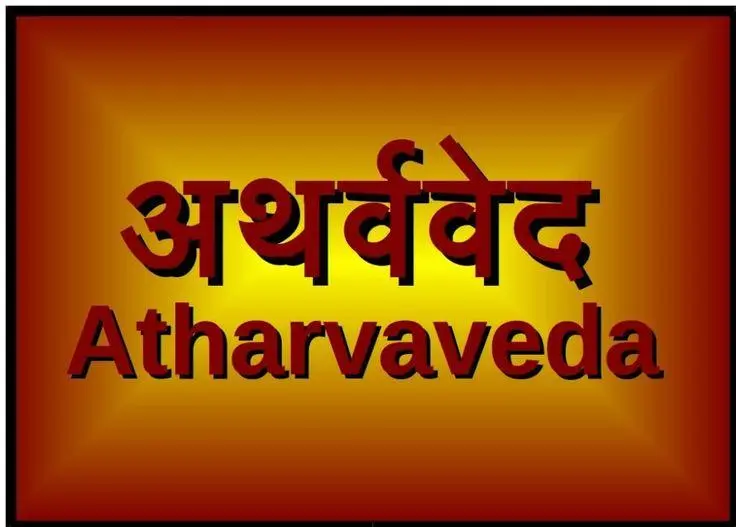
Vedas are the revelation of God to the human being through the sages. Vedas were not written at any time but they were transferred from one generation to another through teacher-disciple tradition. Disciples used to memorize the Vedas and then they used to teach their disciples when they become teachers.
There are four main Vedas.
The four Vedas are:
1. Rigveda
2. Samveda
3. Yajurveda
4. Atharvaveda
The Veda consists of four main types of literary works:
1. Samhita: Samhita is a collection of hymns, proverbs, etc.
2. Brahmanas: Brahmanas concentrate on the ritualistic side of the Vedic religion. They provide information on how to perform or offer prayers, ceremonies, and sacrifices.
3. Aranyakas: These are treaties giving instructions to hermits who live in the forest. They are like Brahmanas only but they concentrate on the mystic aspect of a ritual rather than the description.
4. Upanishads: Upanishads are of philosophical nature and try to find out the relationship between God and the Soul (Aatma and Parmatma).
Rigveda: Rigveda is the first literature known to mankind. Though the definite date is not available, they must have been composed before 1000 B.C. Rigveda is a collection of 1017 hymns divided into 10 books.
Samveda: Saman means “melody.” Most of the texts in Samveda are derived from Rigveda. The Samaveda has verses in praise of various Vedic period deities such as Indra, Agni, Soma, etc. A particular melody is assigned to a particular verse.
Yajurveda: Yajurveda is the book of sacrificial prayers. The texts provide guidance to perform the manual work in the preparation of a sacrifice.
Atharvaveda: Atharvaveda is the last of the four Vedas. It is also called as “Book of Magical Formulae.” It contains spells and incantations for healing illnesses, exorcising evil spirits, and other purposes.
Science in Vedas: There have been substantial pieces of evidence that show that lots of modern science already exists in Vedas. The only problem is that this knowledge has been coded and it is very hard to decode it but with the advent of modern science lots of verses of Vedas can be correlated with modern science. Besides that, there are some verses that are clear enough to reveal the science within Vedas.
Concepts of magnetism, the origin of the universe, solar storms, periodic table, etc. have already been explained by Vedas and are in perfect harmony with modern science.
By using the tricks in Vedic mathematics you can solve modern-day arithmetic problems in less time without the use of a calculator. Vedic mathematics has become very popular now and lots of people are learning this ancient way to solve modern-period mathematical problems. It is very useful for competitive as well as school exams.
Besides Vedas, there are four Upvedas also. These are subsidiary Vedas, which are about nonreligious subjects. The names of those four Upvedas are:
1. Ayurveda (Medical Science)
2. Dhanurveda (Military Defence)
3. Gandharvaveda (Knowledge of Music)
4. Shilpveda (Architectural Science)
The hinduismfacta is just amazing.
I have learnt and understood a lot.
Very interesting facts. Thank you 🙏